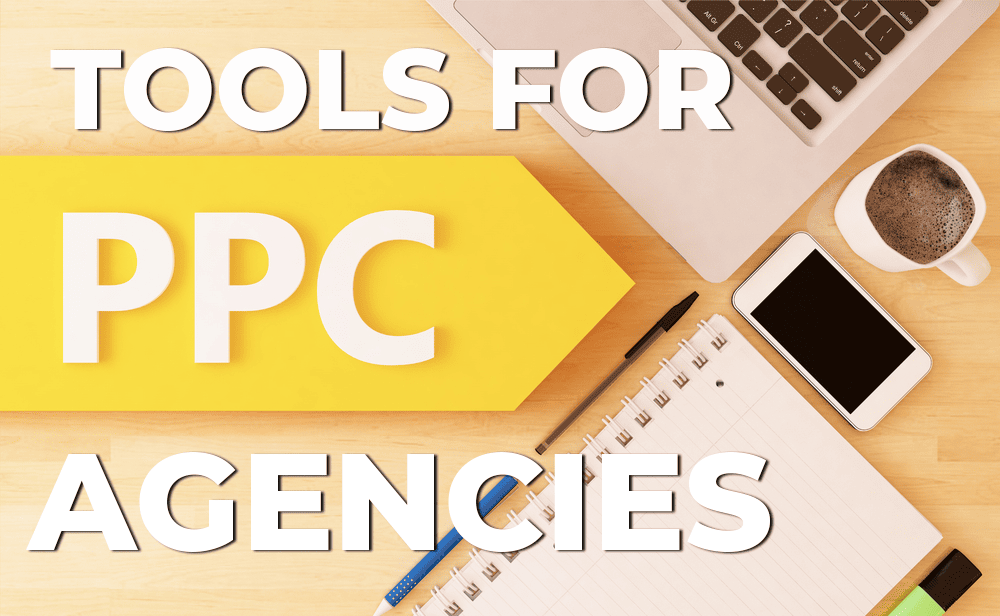Whether you’re just getting started with paid media or re-evaluating strategy, now’s a good time to go back and think about performance and best practice overall in your PPC marketing strategies, accounts, and campaigns. Revisiting your plan for paid media will make sure your strategy lines up with current objectives.
Besides, it is a very good method of keeping updated with the trends and enhancing performance by leveraging newly introduced ad technologies. You will notice, in the review process, new ways and features which you can implement in your paid search program.
The following are effective PPC and Paid Search best practices to drive your changes and planning for the months ahead.

Your Goals
When strategizing, it’s essential to establish goals for the entire marketing program, including ad platforms and individual campaigns. Setting primary and secondary goals provides direction for the entire PPC plan. For instance, you might want to generate leads from your ads.
Other secondary objectives could be brand awareness; it’s higher in the sales funnel and helps drive interest down the path to a sale.
Budget Assessment and Optimization
Many advertisers fall into a rhythm and get caught in a trap of not valuing the process for assessing and optimizing paid media budgets.
To best ensure the efficiency of your budget, here are successive steps that you should go through:
- Regularly compare planned budgets with actual spending for each account or campaign. The frequency can vary based on budget size—monthly, quarterly, or semiannually, as long as budget targets are met.
- Identify campaigns that may no longer be effective and consider reallocating their budget to more productive campaigns.
- Explore opportunities to capture additional traffic and enhance results for successful campaigns. Most ad platforms offer tools that estimate daily budgets based on clicks and costs, providing insight into potential click volume if desired.
- Evaluate the performance of other paid media channels; if they are underperforming, consider reallocating their budgets elsewhere.
- Review the overall budget for paid search and paid social advertising-can your company increase budgets to take better advantage of positive campaign performance?
Try New Places or Platforms to Advertise
If you have the elbow room to make adjustments or bump budgets up, why not try some new ad platforms? Knowing your target audience and their behavior can help inform your strategy as you determine which ad platforms to use. Don’t only look at the big and obvious platforms such as Google, Microsoft, and Meta Ads.
You may also like: The Changes Every Marketer Needs to Implement in Paid Media Marketing for 2024
Next, consider adding the following to a suite of advertising platforms:
- TikTok: Engages younger audiences of Gen Z (16 to 24 years) and is focused on video formats.
- Pinterest: Applicable for product, service, and consumer goods promotion, especially in cases of targeting female audiences.
- LinkedIn: Perfect for professional and business-oriented targeting. The LinkedIn Audiences can also be reached through Microsoft Ads.
- Snapchat: Reaches users in an even younger age group-up to 35 years old-offers a wide variety of ad types including video ads, app installs, filters, and lenses.
Key Trends in Google Ads and Microsoft Ads
Recent developments in search and social ad platforms have created opportunities for more targeted, innovative, and efficient ways to reach potential customers. This is not to say that newer targeting options and formats you haven’t tried should be overlooked.
- Video Ads: There’s a lot of consideration in video, too, around goals, ad creative, targeting parameters, and ad formats. Whether incorporating video into your responsive display ads or going deeper into targeted YouTube campaigns, the potential is huge.
- Automation Tools: Where AI cannot replace human strategy and creativity, it can most certainly make the management of campaigns easier. During your planning phase, also consider where you can use automation for your benefit-for example, auto-generated creatives, auto-optimizing AI-led strategies in Performance Max campaigns.
- Performance Max Campaigns: A completely automated campaign type reaching across all of Google’s ad inventory. Microsoft Ads recently released a similar PMax feature to keep consistency in campaign types across platforms as well. Consider putting some budget towards PMax campaigns and see how they stack up against traditional search campaigns.
As you examine these new features, don’t forget to go back and look at some of the more obscure PPC features that might bolster your campaigns.
Re-evaluating Keywords
The whole idea of keywords has continued to evolve over the past few years, where match types are more loose and centered on trying to understand what exactly the searcher is looking for. For example, exact-match keywords would strictly match with the exact keyword search query. Today, ads may be triggered by search queries with similar meanings or intent.
You may also like: Effective PPC Setting Tailored for KPIs and Metrics on Each Funnel Stage
Good planning is keyword grouping and reviewing if they still apply to your brand and offering. The recurring processing of search term queries that trigger your ad can tell you trends and behavior the marketer might not have seen, which could have long-term performance and conversion consequences.
Key things to consider in your approach are:
Keep current with keyword rules of the day and focus on how they impact your account. Specifically, close variants, change the level of traffic.
Get familiar with how keywords perform on each platform, as differences can make huge impacts. Increase the cadence of review for search term reports as match type changes often include totally irrelevant keywords. Fold these observations into match-type changes or negative keyword lists where applicable.
Rethink Your Target Audiences
Re-think your old audiences with fresh, intent-driven campaign types. Yes, automated features making the audience bigger and better are great; you really need to watch performance metrics and post-click behavior on your site.
Keep in mind that an audience is essentially a group of users categorized by their online interests or behavior. This means there are endless possibilities for combining and targeting these audiences based on the sales funnel.
You may also like: Significant Advantages of Utilizing PPC Advertising
Here are some opportunities worth exploring and testing:
- LinkedIn User Targeting: Apart from LinkedIn, this feature is exclusively available in Microsoft Ads.
- Retargeting: “Reach users who have visited your site, viewed your ads or watched or interacted with your videos on YouTube.”
- Detailed Demographics: Marital status, parental status, home ownership, education, and household income.
- In-market and Custom Intent: Reach users who demonstrate purchase intent through search and online behaviors.
Keep in mind these vary by campaign type and are often updated, so it is very important to go through your targeting options on a regular basis for each platform and make adjustments accordingly.
Improve Reporting
Are you using the same performance reports year in and year out? Now is a good time to reevaluate what you need to report on for your key PPC metrics and update those reports.
The following are two useful resources that will help with this task:
- The 6 Most Important PPC KPIs You Should Track
- How to Measure Success in PPC Campaigns With and Without Conversion Data
As you re-vet your reporting, consider the following objectives:
- Is the data you are using still relevant and actionable?
- Are there new metrics you should consider adding to enhance decision-making?
- How frequently do you need to access this data?
- Do stakeholders understand the data presented in the reports?
- Introduce new data purposefully to support actionable insights and decision-making in your marketing strategy. Also, determine what data needs further analysis, if at all.
Simplify Data Management
Once campaigns run on search, display, and video platforms, data organization becomes a key factor.
Based on your objectives, highlight what is more important to be measured; based on these, determine what platforms are to be utilized for tracking and reporting. You can integrate all your data into one analytics platform to make it easy to compare and distribute the data.
Because millions of companies widely use Google Analytics, it is an excellent option to enable centralized views into advertising performance, website engagement, and conversions.
Scripting Solutions
Most ad platforms these days offer a whole suite of AI recommendations and automated rules, not to mention the host of third-party tools available for optimization. Scripts simply offer another avenue for advertisers, especially those who have large accounts or scripting experience, to automate tasks and reporting within Google Ads accounts.
You may also like: A Comprehensive Guide to Mobile SEO: Best Practices and Insights
Embrace Collaboration
One of the most important tactics of the strategy is collaborating with peers and collecting various opinions. There are so many unique PPC management features for every professional or agency that there is much to be shared among professionals. Become part of the Paid Search Association, the only global community for paid ad managers, to locate new contacts and events in your industry.
Effective PPC and Paid Search Best Practices
Start by re-establishing strategies against clear, measurable business objectives; then assess the existing state of your campaigns against these new targets.
Your paid media practice needs to balance out backward-looking insights with forward-looking opportunities. Invest time in revisiting assumptions and systems that may have been taken for granted, and in new platforms, topics, audiences, and technologies.
Stay ahead of the curve, and never stop learning. From downloading e-books to connecting with social media experts and reading industry publications, take advantage of myriad resources to inspire and get you moving.
![]()












